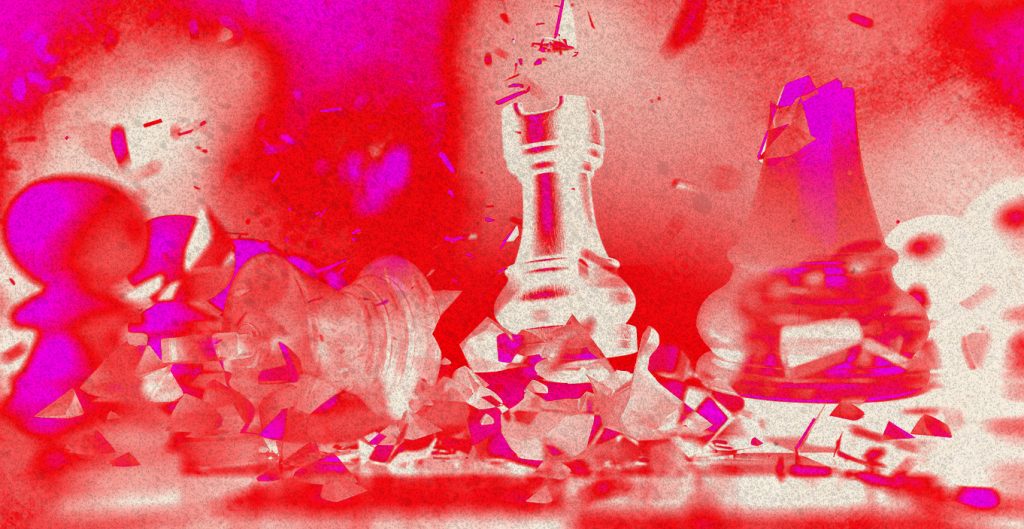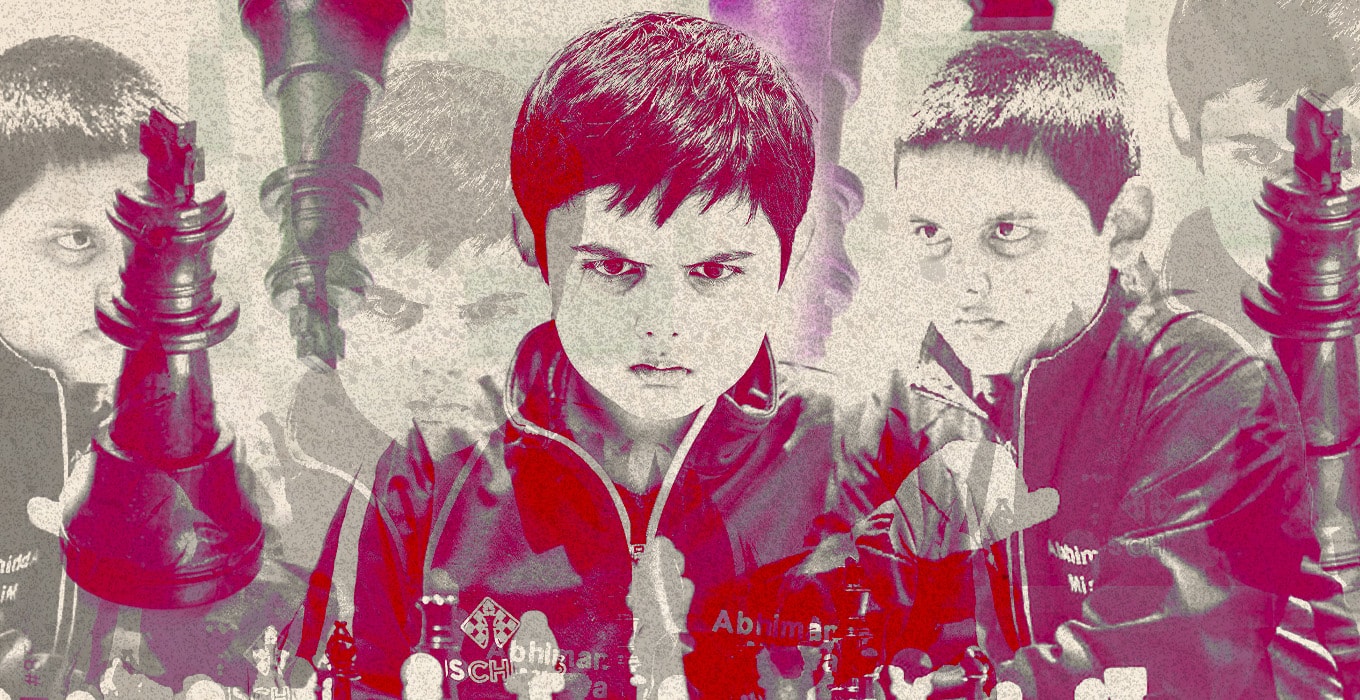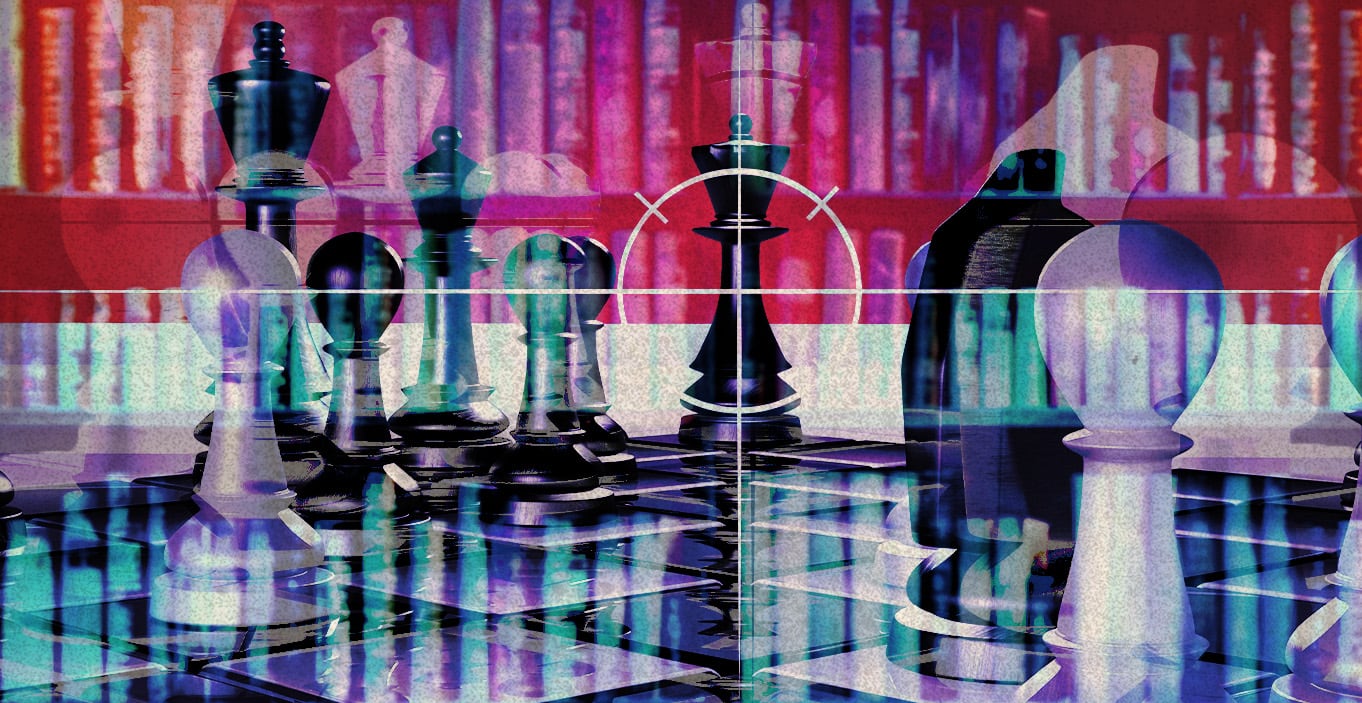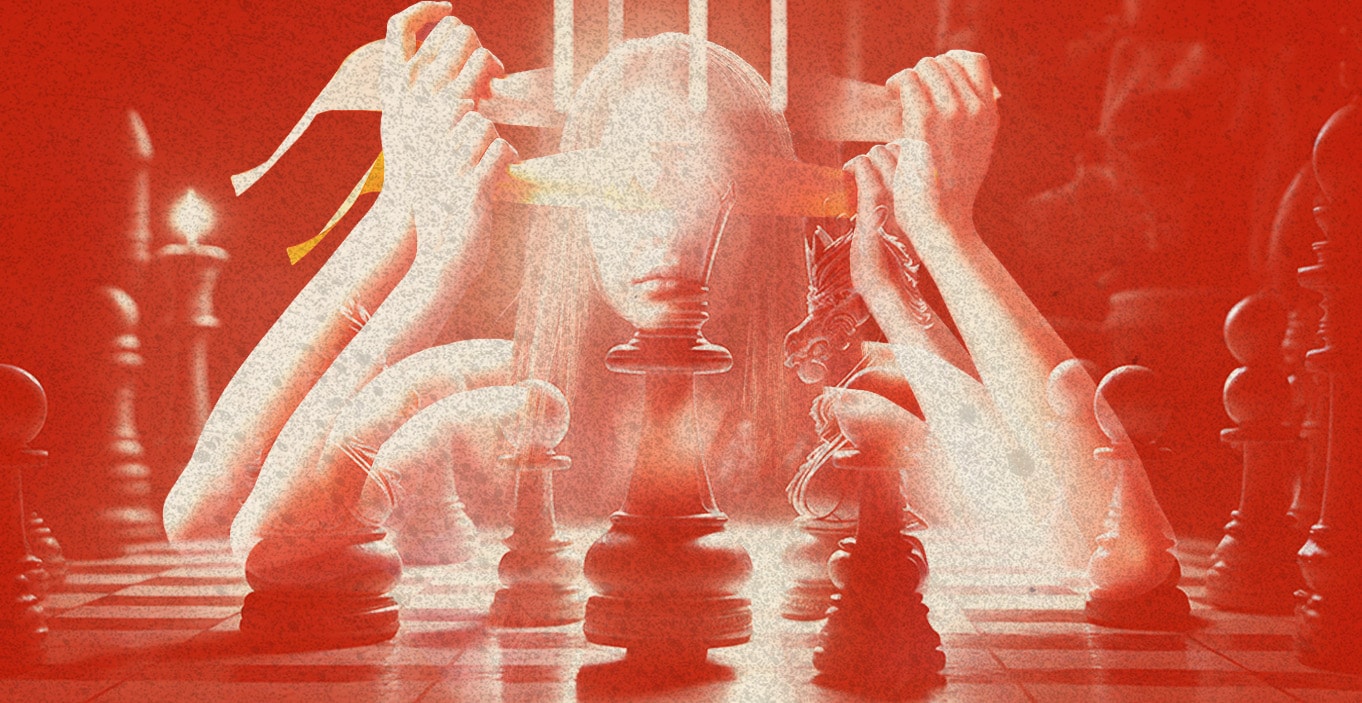The Chessable Research Awards for the Summer 2023 cycle had four winners, undergraduate student Michael Martins and graduate students Jordan von Hippel, Jérôme Genzling, and Jane Zhang.
In this guest post, Jérôme Genzling discusses a study exploring the relationship between the flow experience, chess, and pain modulation. He presents analysis of results from 91 participants. The study has 150 participants and more are being recruited. If you are around Montréal and wish to participate, send an email to [email protected] to receive more information about this study.
Unlocking Pain Relief: Harnessing the Power of Chess and the Flow State by Jérôme Genzling
Pain, an inevitable part of the human experience, can range from the momentary discomfort of stepping on a stray Lego block to the persistent agony of chronic conditions. Some pain can be weathered with resilience. At other times, pain becomes an overwhelming force, demanding our attention. The pursuit of pain relief has driven us to explore a wide array of treatments, from traditional painkillers to alternative therapies like massages and ice packs. As a biological response, pain has evolved to ensure our survival and reproduction. But when pain strikes, we often prefer the simplicity of a painkiller to concerns about our genetic legacy.
In this blog post, we embark on a journey into the intriguing realm of pain management research. Our focus? The remarkable influence of distraction and the flow state on pain perception, with a particular emphasis on how these findings intersect with the world of chess. Join us as we unravel the potential of chess to not only engage the mind but also alleviate pain, paving the way for more effective and personalized pain management techniques.
The Power of Distraction and the Pleasure-Pain Dynamic
For generations, distraction has stood as a formidable ally against the onslaught of pain (Deldar et al., 2021). When engrossed in an activity, especially one that demands our undivided attention, we tend to perceive pain less intensely.
Scientific studies have supported this observation, revealing that memory tasks requiring intense concentration can effectively drown out other sensory stimuli, including pain (Khalili-Mahani & De Schutter, 2019; Vogel et al., 2020; Vogel et al., 2022). However, these studies also raise a crucial point—most people do not derive enjoyment from such tasks. The cognitive effort they demand can even lead to a different form of suffering, akin to mental pain. Astonishingly, some individuals prefer to receive physical pain rather than do some tedious memory tasks (Vogel et al., 2020). This discovery underscores the idea that not all methods of pain relief are created equal and underscores the need to consider pleasure in pain management strategies.
The Enchantment of Flow and Passion
At the heart of this exploration lies the concept of the flow experience, often colloquially referred to as being “in the zone.” This state of being encompasses total immersion in a task that holds personal meaning and provides intrinsic rewards. When one enters the flow state, they become symbiotic with the activity, casting aside their worries and self-consciousness (Csikszentmihayli, 1990; Melnikoff et al., 2022). Achieving flow requires a delicate equilibrium between challenge and skill, with the task neither too facile nor too arduous. Immediate feedback, such as the number of errors or successes, further amplifies the flow experience.
The Fusion of Passion and Flow: A Path to Pain Relief
Passion and the flow state are intrinsically linked, forming a dynamic duo capable of transforming our pain perception. When individuals are deeply passionate about an activity, they effortlessly become engrossed and motivated, seamlessly slipping into a state of flow (Tozman et al., 2017; Vallerand, 2015; Villafaina et al., 2021). This state not only delivers immense enjoyment but also enhances productivity, potentially revolutionizing the realm of pain management.
If distraction can serve as a pain reliever, harnessing the power of the flow experience seems like the next logical step. Engaging in activities that ignite passion and induce flow could redirect our attention away from pain, essentially acting as a natural painkiller.
Chess as a Tool for Pain Management
Now, let’s dive deeper into the intersection of the flow state and chess. A game that has captivated minds for centuries, chess offers a unique gateway to the flow experience. Its intricate strategies and myriad possibilities create a fertile ground for players to become lost in the moment, their consciousness wholly absorbed by the chessboard.
Furthermore, chess inherently possesses the elements necessary to trigger the flow state. The balance between challenge and skill is ever-present, as players are continuously striving to outmaneuver their opponents. The quest for improvement in chess serves as a constant challenge, while incremental progress and setbacks provide immediate feedback. As a result, chess can become a profound source of distraction and, in turn, a potential avenue for pain relief.
While the relationship between chess, the flow state, and pain management is still a burgeoning field of research, the preliminary findings are nothing short of fascinating (Tozman et al., 2017). With its ability to captivate the mind and immerse players in a state of flow, chess has the potential to serve as a novel and enjoyable method for pain reduction.
Imagine a patient undergoing a painful medical procedure or someone dealing with chronic pain. Instead of relying solely on traditional painkillers, they could engage in a game of chess to tap into the flow state, reducing their perception of pain. This personalized approach to pain management not only offers a potentially effective solution but also aligns with the principle that pleasure can indeed alleviate pain.
Checkmating Pain: The Study
Over the past year, I contributed as a graduate research consultant at the Roy Pain Lab at McGill University, using my chess and modeling expertise with Roman Sarrazin-Gendron. Here, researchers, including the postdoctoral fellow Ph.D. Zoha Deldar, delve into the intricate psychology of pain. What parts of the brain bear the responsibility of processing pain signals? What motivates us to endure pain? And, most intriguing, what allows us to transcend pain through distraction, rendering it less unpleasant?
This study includes a blend of chess puzzles and a memory task, aiming to unveil how varying levels of challenge and enjoyment influence the efficacy of the flow state in alleviating pain.
The project comprises two distinct phases. The first is a behavioral study designed to explore the intricate relationship between the flow experience, chess, and pain modulation. The second phase involves neuroimaging to shed light on the underlying brain activity associated with pain reduction and the experience of flow.
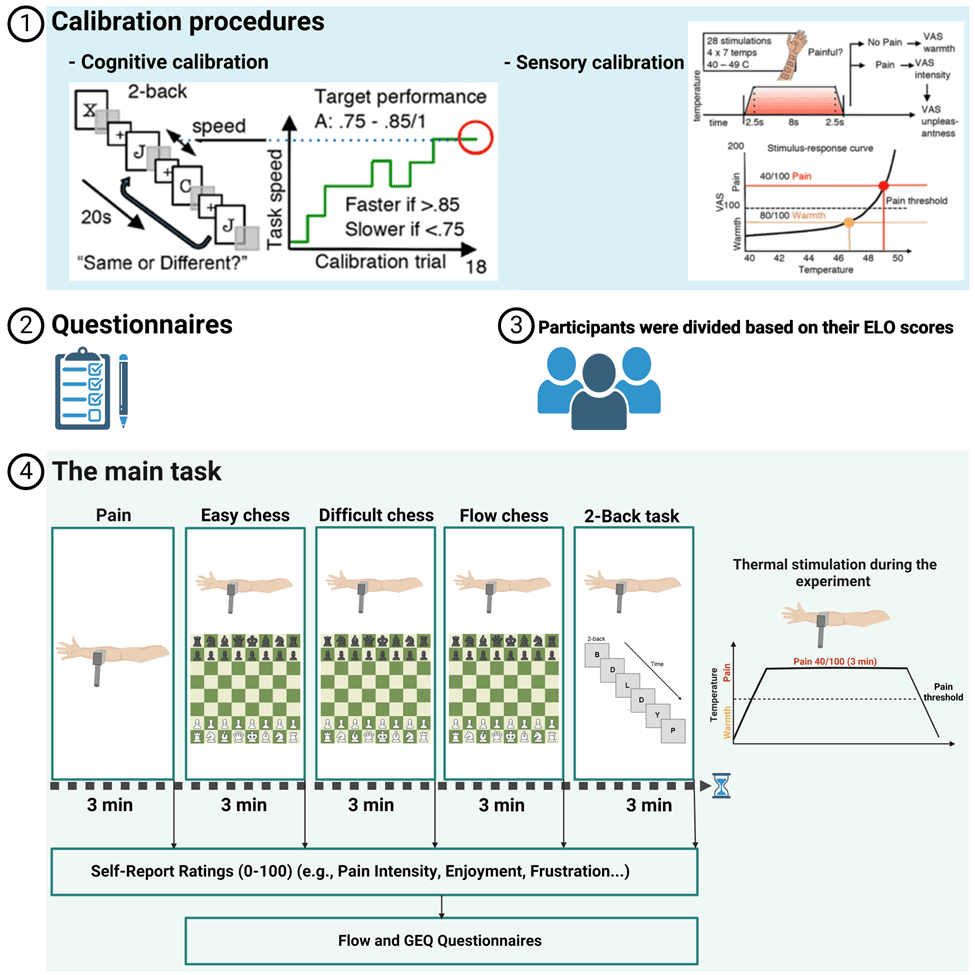
Fig 1. Experimental Procedures of the behavioral study.
Chess players were carefully selected as participants due to the intricate nature of chess, which lends itself beautifully to a laboratory setting. Chess enthusiasts often find themselves in a state of flow thanks to their passion and expertise.
To measure the flow experience, we employed three types of chess tactical puzzles: easy puzzles, flow-inducing puzzles, and challenging puzzles. Each puzzle was meticulously calibrated to match the players’ skill levels (measured via their Elo in an initial puzzle session), ensuring a balance between challenge and engagement. Additionally, a memory task was incorporated as a control to gauge participants’ preference for chess-related activities over mundane exercises, with the expectation that pain perception would be higher during the memory task.
Executing a task of this complexity required extensive preparation on the participants’ part. We needed to determine each person’s pain threshold through sensory calibration, ensuring that the pain remained within their acceptable range. To achieve this, we applied heat at varying temperatures to different locations on their inner forearm, allowing them to rate the intensity of the stimulation.
Furthermore, we calibrated their cognitive abilities for the memory task. Participants repeatedly completed the same task with varying difficulty levels. Their performance enabled us to pinpoint the optimal level of challenge for the memory task in the main experiment, paving the way for the main task where participants engaged in chess puzzles and the memory task while receiving calibrated pain stimuli.
We analyzed the results of the first 91 participants. Most of them reported experiencing the least amount of pain while engrossed in the flow-inducing chess puzzles.
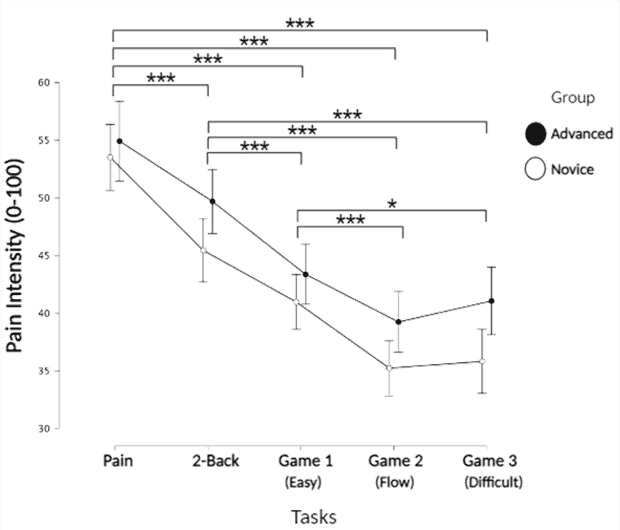
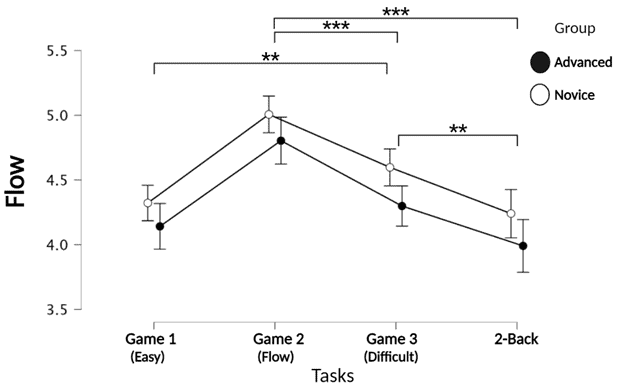
Fig 2. Pain Intensity Ratings (0-100) and Flow measured during different Tasks, including game 1 (easy), game 2 (flow), game 3 (difficult) chess puzzles, 2-Back, and pain alone tasks, across two groups of participants (novice and advanced players).
As mentioned earlier, the second phase of this ongoing study involves neuroimaging. We aim to uncover the underlying neural mechanisms responsible for pain inhibition through intrinsic motivation and flow. The same expert chess players will engage in a similar experimental task, including chess puzzles, memory tasks, and pain, all within an fMRI scanner.
Our focus lies on the activation of two key brain regions: the nucleus accumbens (NAcc), which plays a role in reward processing, and the dorsolateral prefrontal cortex (DLPFC), responsible for cognitive modulation of pain. We anticipate observing heightened activation in the NAcc during the flow puzzles, while both chess puzzles and the memory task should engage the DLPFC.
The Future of Pain Management
In conclusion, the pursuit of pain relief has led us down countless avenues, and the intersection of psychology, chess, and the flow state presents a promising and exciting frontier. While we may never eliminate pain from our lives, we can explore innovative ways to manage and mitigate its impact. With its inherent ability to induce the flow state, chess emerges as a captivating and enjoyable tool in our arsenal against pain, offering not only distraction but also the potential for genuine relief.
References
Csikszentmihalyi, M. (1990). Flow: The psychology of optimal experience. Harper & Row.
Deldar, Z., Blanchette, I., & Piché, M. (2021). Reduction of pain and spinal nociceptive transmission by working memory is load dependant. The Journal of Pain, 22(7), 797-805. https://pubmed.ncbi.nlm.nih.gov/33577995/
Khalili-Mahani, N., & De Schutter, B. (2019). Affective game planning for health applications: quantitative extension of gerontoludic design based on the appraisal theory of stress and coping. JMIR serious games, 7(2), e13303. https://pubmed.ncbi.nlm.nih.gov/31172966/
Melnikoff, D. E., Carlson, R. W., & Stillman, P. E. (2022). A computational theory of the subjective experience of flow. Nature communications, 13(1), 2252. https://www.nature.com/articles/s41467-022-29742-2
Tozman, T., Zhang, Y. Y., & Vollmeyer, R. (2017). Inverted U-shaped function between flow and cortisol release during chess play. Journal of Happiness Studies, 18, 247-268. https://link.springer.com/article/10.1007/s10902-016-9726-0
Vallerand, R. J. (2015). The psychology of passion: A dualistic model. Oxford University Press.
Villafaina, S., Fuentes-García, J. P., Gusi, N., Tornero-Aguilera, J. F., & Clemente-Suárez, V. J. (2021). Psychophysiological response of military pilots in different combat flight maneuvers in a flight simulator. Physiology & Behavior, 238, 113483. https://pubmed.ncbi.nlm.nih.gov/34097973/
Vogel, T. A., Savelson, Z. M., Otto, A. R., & Roy, M. (2020). Forced choices reveal a trade-off between cognitive effort and physical pain. elife, 9, e59410. https://elifesciences.org/articles/59410
Vogel, T. A., Falk, C. F., Otto, A. R., & Roy, M. (2022). Distraction from pain depends on task demands and motivation. Pain Reports, 7(6), e1041. https://pubmed.ncbi.nlm.nih.gov/36313962/
Interested in research?
The Chessable Research Awards are for undergraduate and graduate students conducting university-level chess research. Chess-themed topics may be submitted for consideration and ongoing or new chess research is eligible. Each student must have a faculty research sponsor. For more information, please visit this link.

